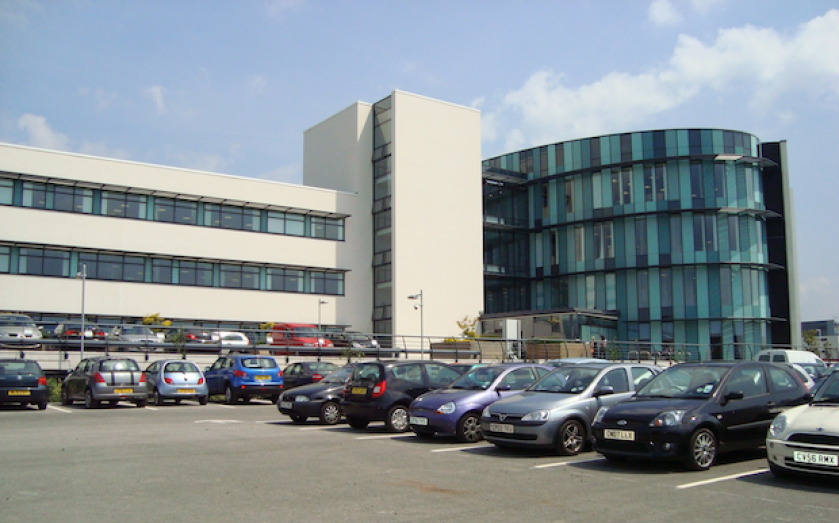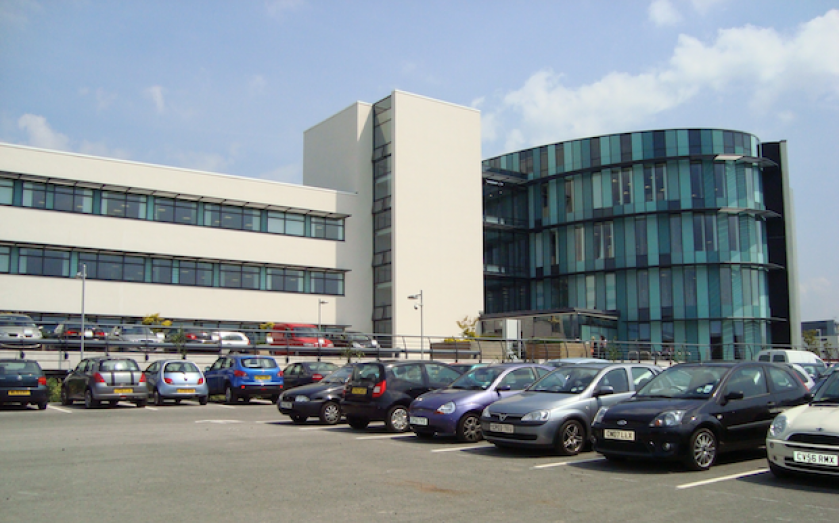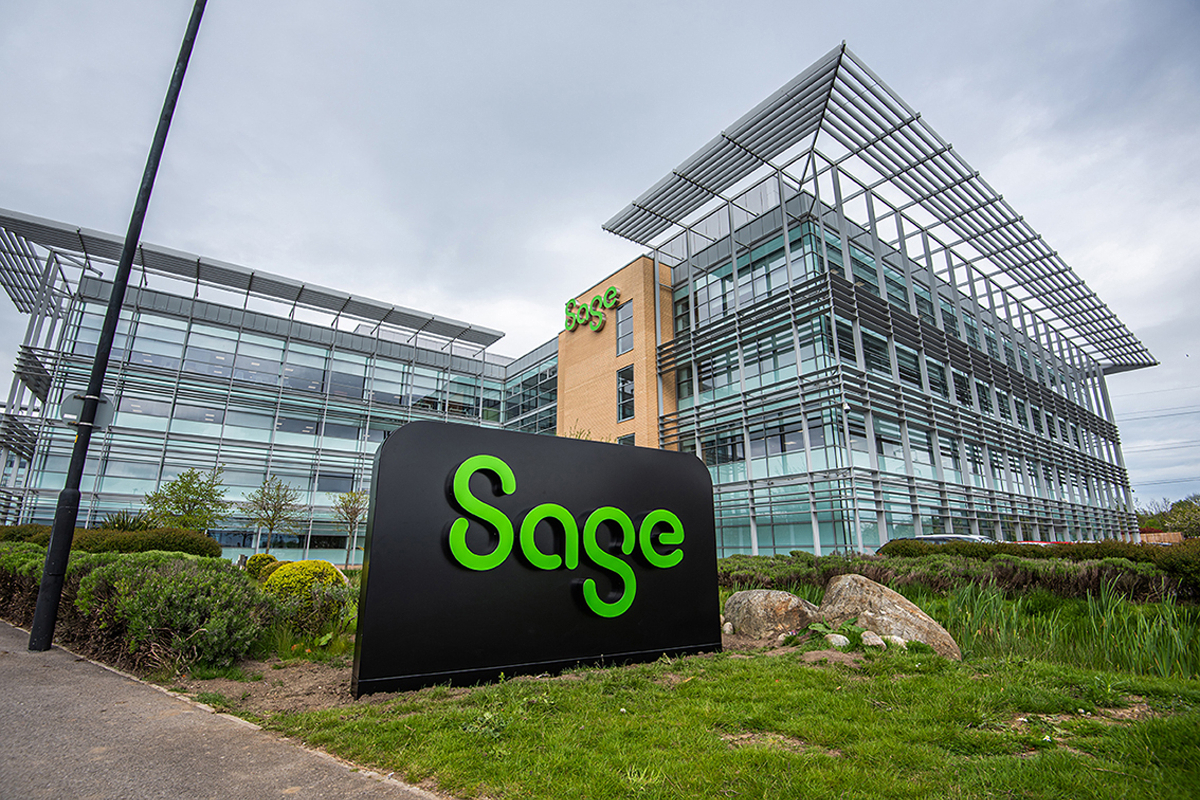Ageas’s interest Direct Line shows just how far the UK’s insurers have come since Covid
And it is hard to overstate how difficult personal line insurers—by which we mean insurers whose customers are people, as opposed to businesses—like Direct Line, Admiral and Aviva have found business in the post-pandemic era.


On the surface of things, Ageas’s statement confirming it was considering a £3.1bn bid for Direct Line included little out of the ordinary.
It outlined how the deal would benefit the companies’ respective shareholders. It tried to reassure readers it “remains confident” that the transaction would not prevent it from pursuing “sustainable and profitable” growth.
Least surprisingly of all, it made the obligatory references to “synergies” and “scaling up” (cc the City A.M. comment desk’s worst corporate jargon awards) that every intervention of this nature can’t help but include.
But buried in the jargon and the flattery lay one especially revealing line about the troubled industry’s long-term prospects: “Over the last 12 months, many of the UK [direct to consumer insurance] sector fundamentals have improved… The repricing implemented in response to elevated inflation levels underpins its resilience.”
In plain English: Direct Line is starting to look beyond the choppy operating environment of the last three years, having restored its bottom line by hiking premium prices by 40 per cent in a year.
And it is hard to overstate how difficult personal line insurers—by which we mean insurers whose customers are people, as opposed to businesses—like Direct Line, Admiral and Aviva have found business in the post-pandemic era.
The delay between people taking out a policy and a potential claim leaves them especially susceptible to inflationary geopolitical and economic shocks such as the one brought on by Russia’s invasion of Ukraine.
The vastly inflated costs of parts and labour were compounded by people’s more adventurous habits in the wake of the Covid-19 pandemic, leaving the sector floundering. EY estimates that, in 2023, insurers paid out £1.14 in claims and operating costs for every £1 they received in premiums. And the previous year, in which insurers paid out £1.11 for every pound they got in premiums, was hardly a red letter.
Add in the climate crisis’ unignorable role in increased extreme weather and flooding, and the reasons why 2022 and 2023 were two of the worst performing years on record for personal insurance become clear.
It also goes a long way towards explaining why Direct Line was forced to cut dividends, issue a profit warning, saw its share price collapse and CEO depart, all in a year.
A sector divided
Few in the industry are under any illusions as to how the period since lockdowns lifted—which Huw Evans, Insurance Partner at KPMG UK, euphemistically refers to as a “tough operating environment”—has been for those in it.
Where there is less consensus—and where divides in opinion have started to appear—is on the health of the industry now, and what the future holds.
The sector’s optimists believe that after a major period of upheaval, firms have begun to adjust to their new operating environment. They point to three main factors to support this assessment.
First, consumers appear to have (reluctantly) started stomaching the higher premiums mentioned in Ageas’s statement.
Second, there has been plenty of strategic fat-trimming and adjustment activity—such as Direct Line’s decision to offload of its commercial business to RSA last year and Admiral snapping up online insurer Luko—that has set many firms up for a better 2024.
And finally, companies large enough to offer a diverse portfolio of categories have been kept solvent by the success of pet and/ or health insurance categories as motor and housing have floundered flounder. Now the tide is turning on the latter two classes these companies are set up for the recovery.
One such silver-lining grabber is Buyapower’s Alex Pandya who believes “the UK’s insurance market has demonstrated remarkable resilience” arguing there is no reason why firms that offer flexible policies and prioritise customer service can’t be successful.
But the sector’s more cynical contingent argues that is not quite enough to suggest that the dark grey clouds looming over the sector are ready to part. Recent analysis from the ABI found cost pressures in the motoring insurance sector are cause for particular concern.
With luck, some of these—like the 35 per cent spike in vehicle thefts seen in 2023—could be short-term, albeit acute, issues. Yet there is also evidence of more chronic problems, such as the fact repairs are more expensive and taking longer as modern cars get ever more complex, which won’t be as easy to ride out.
KPMG’s Evans feels firms are in a better position than they were this time last year. “Personal lines insurers have adapted pricing to reflect both higher retail inflation and significantly increased costs in… materials used to repair homes and vehicles,” he told City A.M. “Some insurers have also streamlined their portfolio to focus on their core market while tightening underwriting criteria to help manage risk.”
Evans’s view has been largely borne out in big insurers’ latest results. On Thursday, Admiral reported a 23 per cent jump in profit in 2023 which it attributed to it having successfully pushed higher premiums onto customers.
On the same day, Aviva posted an operating profit of £1.47bn, up nine per cent on the previous year thanks largely to the performance of its health division.
Consumers the losers?
The prophesied return to health of the industry’s big players will be of little solace to their customers, who have had to swallow record premium rises as firms try to keep their heads above water.
confused.com says the average cost of a motor policy has risen 73 per cent in the last two years, while Consumer Intelligence data shows that last year home insurance jumped by 36% to a record high.
With some forms of contents cover and all motor insurance compulsory, Evans says the rises have prompted people to cut corners where they can.
“Under-insurance is already an issue, especially for those living in rented accommodation. But people who need a vehicle for work will still need compulsory motor insurance and many homeowners will still need home insurance for mortgage purposes.”
And while premiums may not rise by much more (or in the case of Admiral, not at all) there is little sign of them coming down. Given the average 18-year-old is now paying more than £3,000 to insure their car, more of the same doesn’t exactly scream consumer surplus.
“Prices should stabilise overall,” Evans continues. “However, some elements of the premium increases are permanent – especially in motor insurance– while supply chains… are subject to external forces such as geopolitical events and frequency of natural catastrophes.”
Such catastrophes, by definition, go with the territory in insurance. But whether or not Ageas is correct in believing Direct Line—and personal line insurance generally—is through its own disaster is far from certain.
A febrile geopolitical mood, the planet’s inexorable ascent to 1.5 degrees of warming, and stubborn costs in certain insurance categories all mean it could just be the eye of the storm.


